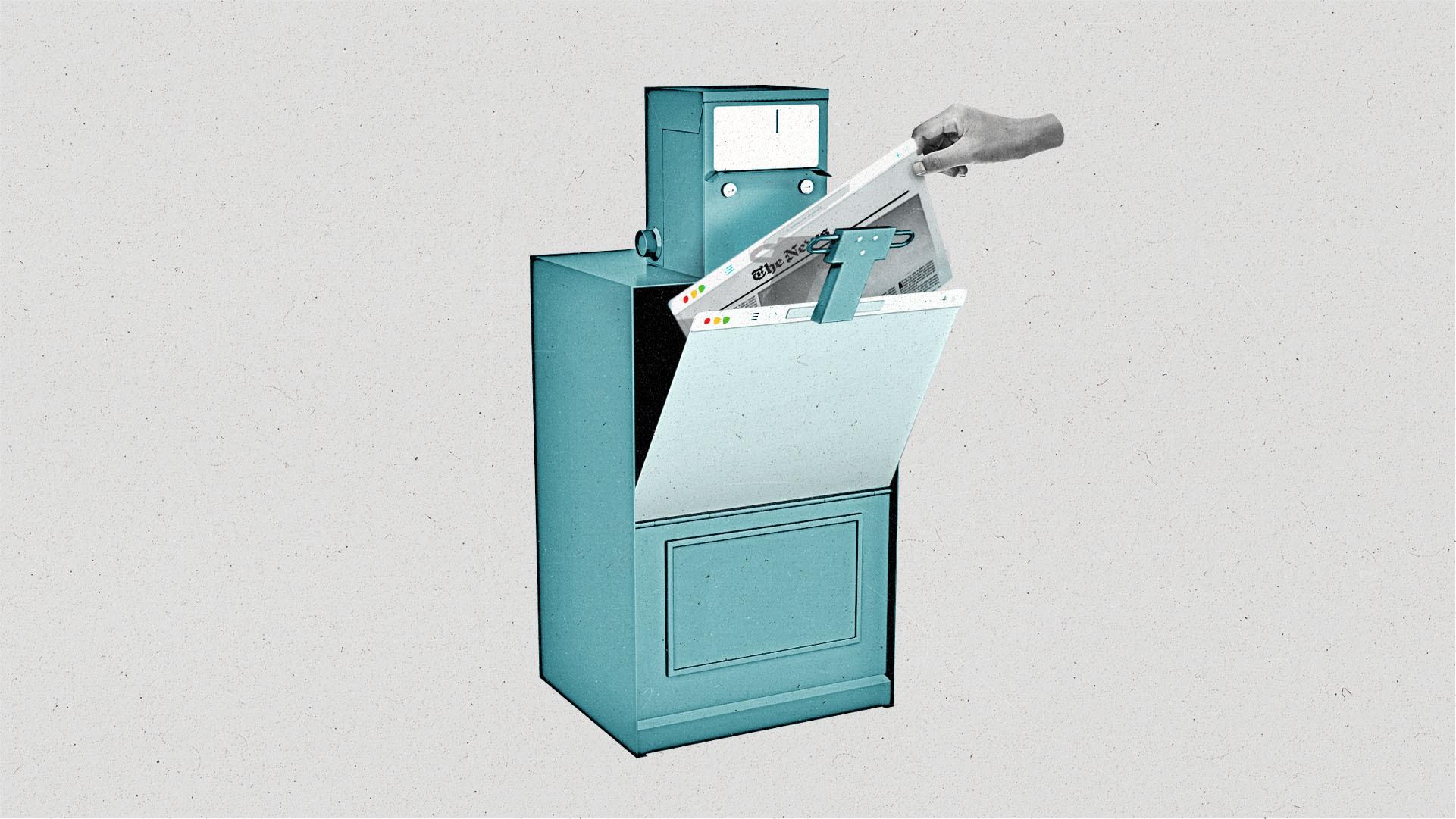I’m optimistic about the future of news and here’s why

It’s no secret that the broader news industry has been going through a transition period. A lot of the solutions to revenue, engagement and technology issues have turned out to put more downward pressure on the industry, not less. And with the rise of AI, there are those who are worried about a death knell for journalism. But I — biased CEO of an AI company that I am — find myself filled with optimism about the future of news. Here’s why.
1. AI is transforming our industry now, not in some distant future
AI is already making a significant impact in newsrooms today. It’s not about replacing journalists but about enhancing their capabilities, allowing them to focus on what they do best: investigating, analyzing and storytelling. AI used only in an assistive manner can significantly reduce rote tasks, help expand research and accelerate the speed to market for stories that need to be told. And the best part is, this isn’t a future promise — it’s happening now in newsrooms across the country. In fact, according to a recent global survey from JournalismAI and the London School of Economics, over 75% of respondents are actually incorporating AI tools in various stages of news production, from gathering to distribution. To paraphrase the movie When a Stranger Calls: The AI is already coming from inside the house.
2. AI tools are optimizing content creation and distribution
Platforms like Nota are revolutionizing how news content is created and distributed. These tools allow journalists to transform a single story into a comprehensive package — including articles, social media posts, videos and newsletters. Imagine a world where every story becomes a “package.” This isn’t just a vision; it’s reality that truly transitions the industry to one where it is all about the story — serving people that story in whatever format that they want, when they want it. It’s the promise of news across platforms, and news individualized.
3. Data is opening new revenue streams and improving content
Publishers are benefiting from data in two main ways. First-party data is becoming increasingly valuable. Publishers that have nurtured their subscriber and reader bases will see immense interest in first-party data deals. Second, the emerging AI data marketplace is creating entirely new revenue streams. Companies are making it easier for publishers to monetize their data on their own terms.
Subscribe to The Current
Subscribe to The Current newsletter
4. Data-driven insights are shaping the future of news
All this data on subscribers and readers isn’t just creating new revenue streams — it’s helping shape the future of news itself. Publishers can now forecast trends in the attention economy and adjust their coverage accordingly. This allows them to better serve their communities and meet advertiser interests while maintaining journalistic integrity.
Tools like Chartbeat provide real-time data insights to help publishers adapt their content strategies. It’s really not much different from how the broader digital marketing industry pursues data-driven personalization.
5. AI is democratizing journalism
While AI tools were once the domain of large, well-funded newsrooms, they’re increasingly becoming accessible to smaller and more local news outlets. This democratization of technology is leveling the playing field, allowing local journalism to thrive in the digital age. A lot of what it took to get a story from the reporter to the community can now be assisted, freeing up journalists to focus on in-depth, community-focused stories. This means that even small newsrooms can leverage AI to punch above their weight.
6. Ethical AI use can enhance trust in journalism
As AI tools become more prevalent in newsrooms, there’s an opportunity to establish clear ethical guidelines for their use. By being transparent about how AI is used in news creation and distribution, news organizations can potentially enhance trust with their audiences. Several major news organizations have already published AI ethics guidelines, setting standards for transparency in AI use in journalism. This proactive approach to ethical AI use could be a powerful antidote to the crisis of trust that has plagued journalism in recent years.
The future of news is not just about survival but about thriving in a dynamic, engaging, and profitable landscape. It’s a future where AI and human creativity work in tandem, where data drives insights but doesn’t replace human judgment, and where people have access to more diverse, engaging and personalized news than ever before.
That’s why I’m optimistic about the future of news. The challenges are real, but so are the opportunities. It’s up to us — journalists, technologists and readers alike — to shape this future responsibly and ethically. If we do, the best days of journalism may well lie ahead.
This op-ed represents the views and opinions of the author and not of The Current, a division of The Trade Desk, or The Trade Desk. The appearance of the op-ed on The Current does not constitute an endorsement by The Current or The Trade Desk.